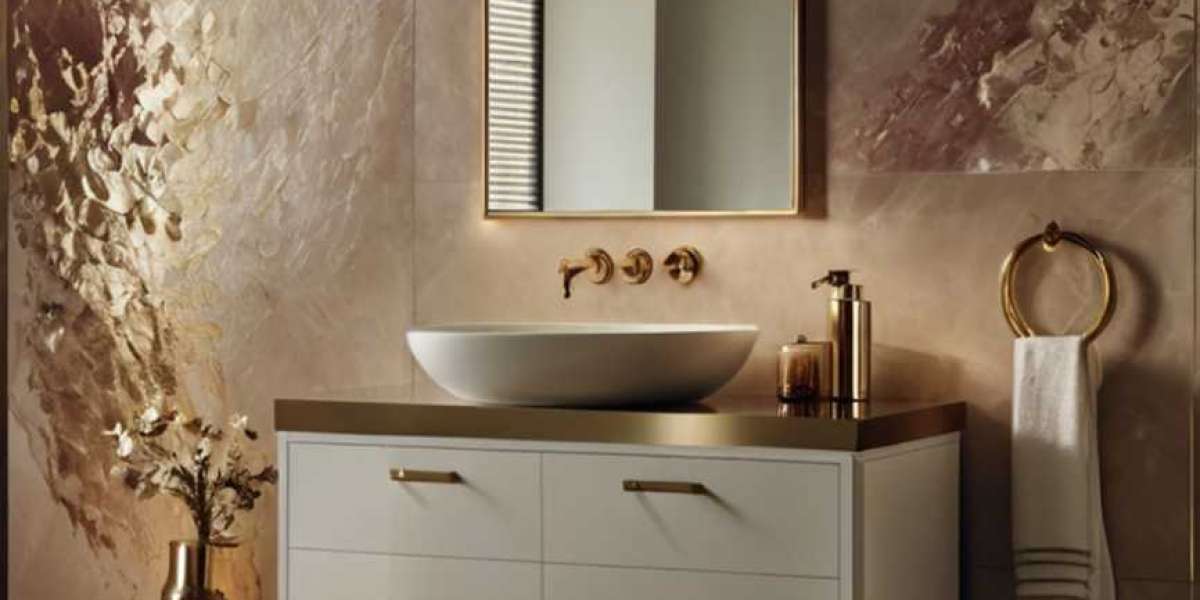Flush tanks are an integral component of contemporary bathroom design, the force behind each toilet flush. They may appear straightforward at first glance, yet flush tanks play a profound role in water conservation, cleanliness, and overall bathroom operation. A knowledge of their functioning can enable homeowners to make informed choices during bathroom upgrade, enhancing performance and efficiency.
The Basic Mechanics of a Flush Tank
A flush tank holds water over the toilet bowl and spills it with pressure to flush waste down the drain. When you push a button or a lever, a chain of mechanical events takes place:
Flush Activation: The handle or button raises a flapper or opens a valve at the bottom of the tank.
Water Release: Water gushes out of the tank into the bowl by utilizing gravity or pressure to force waste into the sewage system.
Refill Mechanism: When flushing ends, a fill valve (or ballcock) opens water back into the tank.
Float System: A float ascends with the water level and closes the valve when the tank is full to avoid overflowing.
Overflow Tube: This safety device diverts excess water into the bowl when the tank is overfilled, safeguarding your bathroom against leaks.
Flush Mechanisms
Flush tanks can function through various mechanisms, each providing different amounts of power and efficiency:
Gravity Flush
The most widely used type, gravity flush systems utilize the force of the water due to gravity to develop pressure as it flows into the bowl. They are quiet, low maintenance, and efficient.
Advantages: Quiet operation, low maintenance
Cons: May require more water to flush thoroughly
Pressure-Assisted Flush
This system uses compressed air to boost the water’s force, delivering a more powerful flush.
Pros: Stronger flush, reduces clogs
Cons: Noisier, more expensive, harder to repair
Dual-Flush
Dual-flush tanks offer two flushing options—one for liquid waste (low volume) and one for solid waste (higher volume).
Pros: Saves water, environmentally friendly
Cons: Slightly more complex design
Water Efficiency and Sustainability
New flush tanks are also built with water saving in mind. A typical toilet will consume 13 liters (3.4 gallons) per flush, but new models have an average of 4.8–6 liters (1.3–1.6 gallons), particularly with dual-flush capabilities.
Consider the following features:
WaterSense Certification (in the U.S.) for their efficiency
Adjustable flush volumes for user preference
Leak-resistant designs for avoidance of constant running
These developments save water without affecting flush performance, reducing utility costs and preserving the environment.
Improving Functionality in Bathroom Design
Flush tanks have as much impact on bathroom design and layout as any other fixture. Hidden or in-wall tanks are space-saving and help achieve a sleek, contemporary look. Wall-hung toilets, accompanied by concealed tanks, are particularly favored on smaller bathrooms because of their space-efficient design and simplicity in cleaning underneath.
Flush plate choices—offered in many colors, materials, and designs—permit the ability to customize to complement faucets, tile, and overall decor.
Common Problems and Maintenance Hints
To maintain a flush tank at optimum efficiency:
Inspect around the base or from the tank to the bowl for leaks
Check the flapper and fill valve frequently for wear
Modify the float in case of overfilling or underfilling of the tank
Descalcify mineral deposits in hard water locations to guarantee seamless operation
Periodic maintenance makes your flush tank efficient and your toilet system long-lasting.
Conclusion
Flush tanks are a key part of every bathroom, working silently in the background to provide hygiene and efficiency. With a little knowledge about how they work and selecting the appropriate design for your application, you can optimize your bathroom's performance while saving water and style. Whether you're replacing an existing installation or designing a new one, making an investment in a quality flush tank system is a wise move toward a more efficient and effective bathroom.
Resources:
https://msnho.com/blog/kitchen-sink-installation-type








